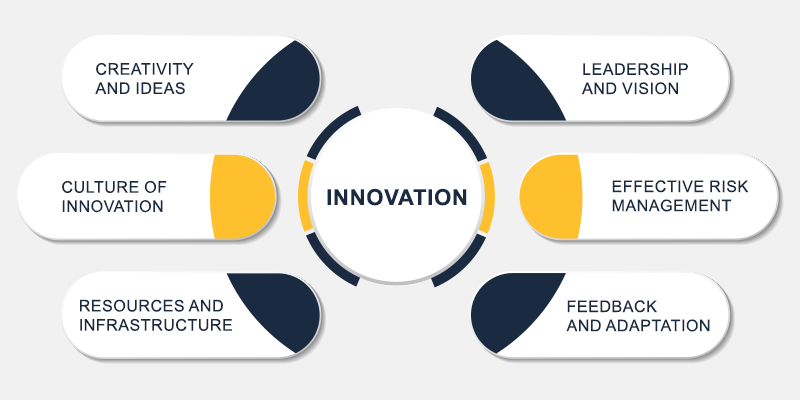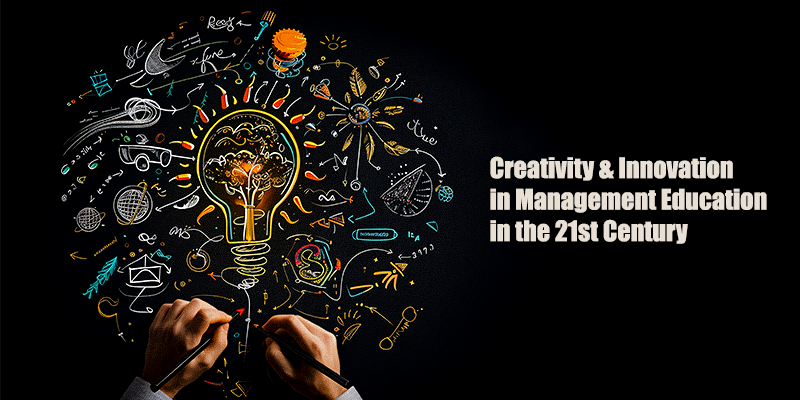Editor’s Note
Prof. Madhumita Bhattacharya, teaches Business Communications at Globsyn Business School – which has always been considered to be one of the best b schools in Kolkata. Prof. Bhattacharya has more than 20 years of experience across various premiere academic institutions of Eastern India, where she has held leadership positions. She has demonstrated ability in teaching as well as relevant academic administration. Her core areas of expertise include Business Communication, Interpersonal Skills, Professional Etiquette, Interview Skills, and Networking Strategies. She has been part of several industry-academia training programs, and has conducted workshops. Her teaching is marked by a blend of business acumen and psychological insights, which she leverages to enhance students’ understanding of effective communication in professional settings. Prof. Bhattacharya has proven expertise in Curriculum Design, Performance Evaluation & Mapping, and Training Needs Analysis (TNA). She has been part of various MDPs and FDPs, and is a joint recipient of the Education Excellence Award by Times of India.
The traditional education system is no longer sufficient to educate and prepare the next generation of global leaders. The gap between what management students learn and the skills they need to manage organisations is growing. Creativity is seen as a critical competency for the 21st-century manager.
The question is how creativity, as a managerial competency, can be developed through management education to meet the global leadership needs of the 21st century. This will require a paradigm shift; developing curricula and teaching for creativity. Teaching for creativity can be divided into three main steps: planning and preparation; measuring creativity and making amendments; and delivering the lecture. Various insights, principles, tools, steps, and learning strategies were identified to teach creativity. Tests like – Divergent or Convergent Creativity Tests, Scenario Based Creativity Tests to measure the creativity levels of management students were also indicated.

How educational institutions can foster innovation and creativity, through faculty peer learning and encouraging innovation in teaching practices need to be understood. The global management institutes are increasingly incorporating creative and innovative learning into their courses.
National University of Singapore (NUS) incorporates creativity into its management curriculum through courses on business model innovation, where students are challenged to rethink traditional business models using creative tools such as business model canvases, value proposition design, and creative ideation techniques.
Harvard’s case-based learning approach fosters creativity by immersing students in real-world business problems where they must develop and defend their solutions. Many cases involve unconventional business models or ethical dilemmas that require creative, out-of-the-box thinking.
Stanford’s “Design Thinking” methodology has become a global phenomenon. The curriculum encourages students to approach problems creatively by focusing on human-centered design. This involves empathy, rapid prototyping, and iterative problem-solving, applied across disciplines from product development to organizational management.
Back home, “The Week” has reported the followings:
- A first-year student from IIM Ahmedabad, when asked about his most valuable lesson so far, enthusiastically mentioned learning about Toyota’s efficiency in operations management.
- Another student from Delhi excitedly explains how pedagogy helps students become better decision-makers. “Every day, one has to make decisions,” she says. “And that helps you make better decisions later, in your professional life.”
Prof Sunil Sharma, who teaches strategy at IIMA, says that the problems posed by the case studies do not declare that they are HR problems or operations problems. “Hence, students must have a holistic approach to problem-solving,”
The fast-paced nature of tomorrow’s workplace requires agility, flexibility, and continuous learning. Globsyn Business School adopts flexible learning models through its technology enabled learning system, blended learning modules, inter-disciplinary case studies and self-paced assignments. This encourages students to take charge of their learning, adapt to new challenges, and continuously upgrade their skills—a necessity for future workplaces.
Tomorrow’s workplace will be dominated by technology, and future managers need to stay ahead of the curve by embedding cutting-edge technology into their learning framework.

Prof. Madhumita Bhattacharya
Faculty – Business Communications
Globsyn Business School


